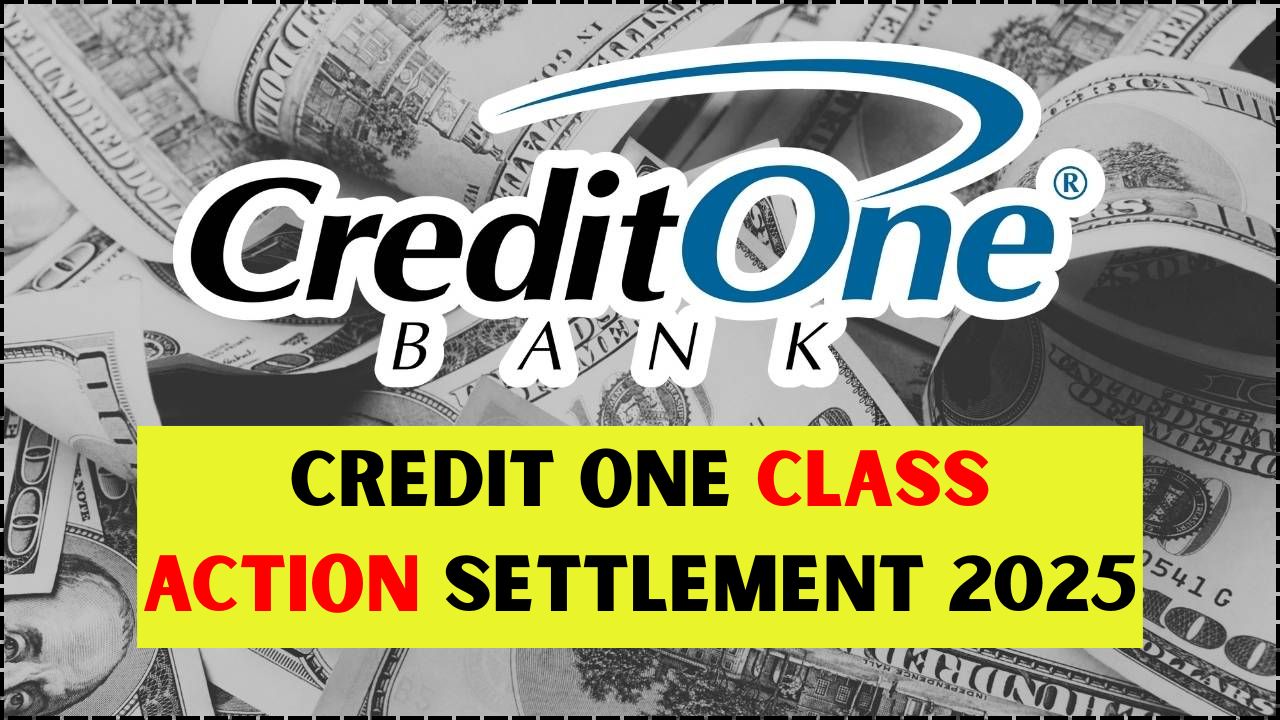
Between 2014 and 2019, Credit One Bank and its associated entities allegedly made thousands of unauthorized robocalls to individuals across the U.S. without receiving prior consent. These calls were often made through automated dialing systems or used pre-recorded messages—practices now at the heart of a $14 million class-action lawsuit settlement.
This case, as reported by Kiplinger, centers around violations of the Telephone Consumer Protection Act (TCPA)—a federal statute created to protect individuals from intrusive marketing communications.
Table of Contents
Legal Background and Allegations Behind the Settlement
The lawsuit alleges that Credit One used robocalling technologies to contact not only their current customers but also individuals who had no existing relationship with the bank.
In most cases, recipients had not given explicit consent to receive such calls—a direct breach of the TCPA, which requires businesses to obtain clear, documented permission before initiating automated calls or texts to mobile numbers.
Some calls were related to marketing, others to collections, and many to general information. In several cases, even requests to stop the calls were reportedly ignored.
Credit One has not admitted wrongdoing. However, to resolve the dispute and avoid prolonged litigation, it agreed to a settlement offering financial compensation to those affected.
Settlement Breakdown –
The total settlement pool of $14 million will be distributed across several categories. Here’s a detailed financial overview:
| Category | Estimated Amount | Purpose |
|---|---|---|
| Total Settlement Fund | $14,000,000 | Entire fund amount |
| Attorney/Court Fees | Up to 25–30% of total fund | Legal representation & court costs |
| Administrative Expenses | Approx. $1–2 million | Settlement notices, processing, and support |
| Remaining for Claimants | Around $8–9 million | To be split among all eligible claimants |
| Estimated Individual Payout | $100–$1,000 | Depending on the number and strength of claims |
Claimants who can submit documentation—like call logs or billing statements—may be eligible for higher payouts. But providing such proof is not mandatory.
Who Can File a Claim?
To be considered eligible for a payout from this settlement, you must meet the following conditions:
- Received a robocall or pre-recorded message from Credit One Bank or its partners between 2014 and 2019.
- Did not give prior express consent for these communications.
- Owned the phone number that was contacted during the timeframe.
How to Submit Your Claim
The claims process will begin once the court gives final approval to the settlement. An official website will be launched to collect claims.
To file, you’ll need:
- Your full legal name and contact info
- The phone number(s) that received the robocalls
- Approximate dates or timeframes of the calls (if known)
- Any supporting documentation (optional but helpful)
- A sworn statement under penalty of perjury confirming your claim
If your phone number appears in the call database, you may receive a notice via mail or email. This will include a Claim ID, which allows for quicker online fill.
Payment Timeline-
Once the court approves the settlement, things will move quickly. Here’s what to expect:
| Phase | Timeframe (Post Court Approval) |
|---|---|
| Final Approval Hearing | Pending (date to be announced) |
| Claims Website Launch | Within 30–45 days after court approval |
| Claims Submission Window | Open for 60–90 days |
| Claims Review & Eligibility Check | 3–5 months after claims close |
| Estimated Payment Disbursement | 6–9 months after court approval |
Payment options may include:
- Direct deposit (ACH)
- Check by mail
- Digital transfer via PayPal or Venmo
Delays are possible, especially if the court receives objections or requests for clarification.
What Should You Do Next?
If you believe you were affected by Credit One’s robocalls, follow these steps:
- Check your phone records between 2014–2019, if available
- Watch your email and mail for an official notice or Claim ID
- Visit the settlement website once it’s live
- Complete the claim form and submit optional documentation
- Select a payment method
- Monitor updates through the website or your registered contact info
Quick FAQs
Q1. I wasn’t a Credit One customer. Am I still eligible?
A = Yes, as long as you received unsolicited robocalls during 2014–2019.
Q2. Do I need evidence to file?
A = No, but documents like call logs can increase your payout.
Q3. What is the minimum and maximum payment?
A = Between $100 and $1,000, based on the number of valid claims.
Q4. When will payments be issued?
A = Estimated between 6 and 9 months after court approval.








